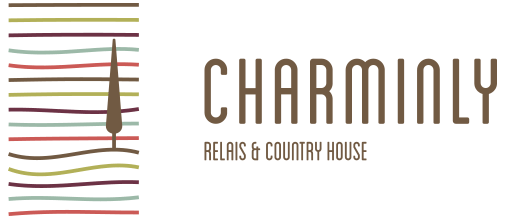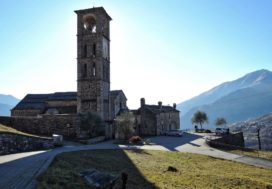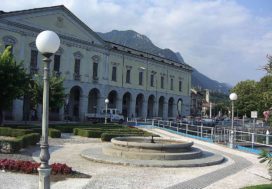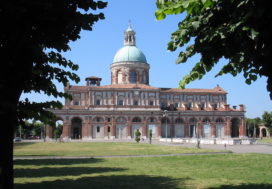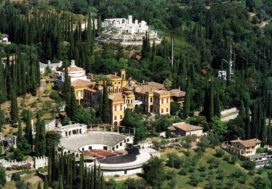Como
Como and its homonymous lake have always been among the preferred destinations by tourists from all over the world. The international tourism is also fascinated by the beauties of this town that shows a balance between different cultures.
The old town of Como is located near the road round the lake, which unravels around the Duomo and the square. The traits of the original Roman Castrum are still visible in the old town, where the medieval walls and the watchtowers are still well-preserved. The rationalist palaces built by the famous Giuseppe Terragni, a native of Como, are some true masterpieces.
Some keepsakes that belonged to Alessandro Volta, native of Como too, are preserved at the Tempio Voltiano. Another must-see is Villa Olmo that hosts high-end art exhibitions. Obviously the typical boat tour on the lake and the cable railway that leads to Monte Brunate are things not to bemissed.
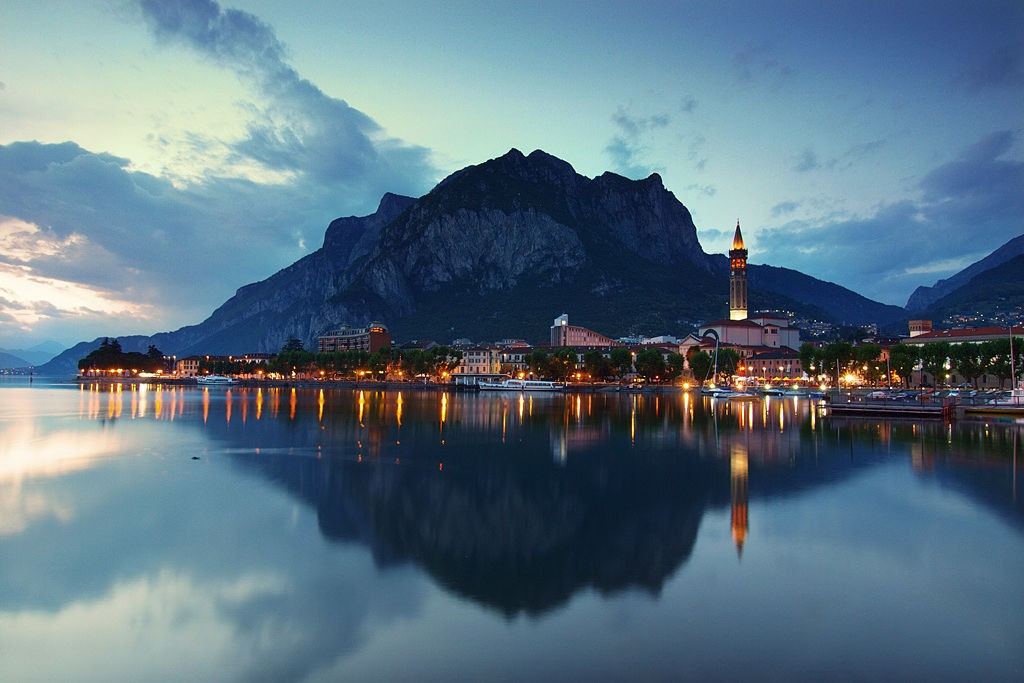
Lecco Town Lombardy
Lecco
Lecco, located near the homonymous lake, which actually is the eastern part of the Lake Como, is also renowned due to the fact that it is the place where Alessandro Manzoni set the famous The Betrothed.
In 1891, the Monument to Alessandro Manzoni was inaugurated to the presence of Giosuè Carducci. Of particular value are the Society Theatre (1844) and the Palace of Fears, in eclectic neo-medieval style, which owes its original name to the fact that it had been the Tax Office seat until 1964.
Falck Palace (1900), Bovara Palace, which today is a municipal seat, the Azzone Visconti Bridge, built in the first(?) half of the XIV Century, and the neoclassical Villa Manzoni, the residence of Alessandro Manzoni’s father’s, are just a small part of the wonders that Lecco is able to offer to its visitors.
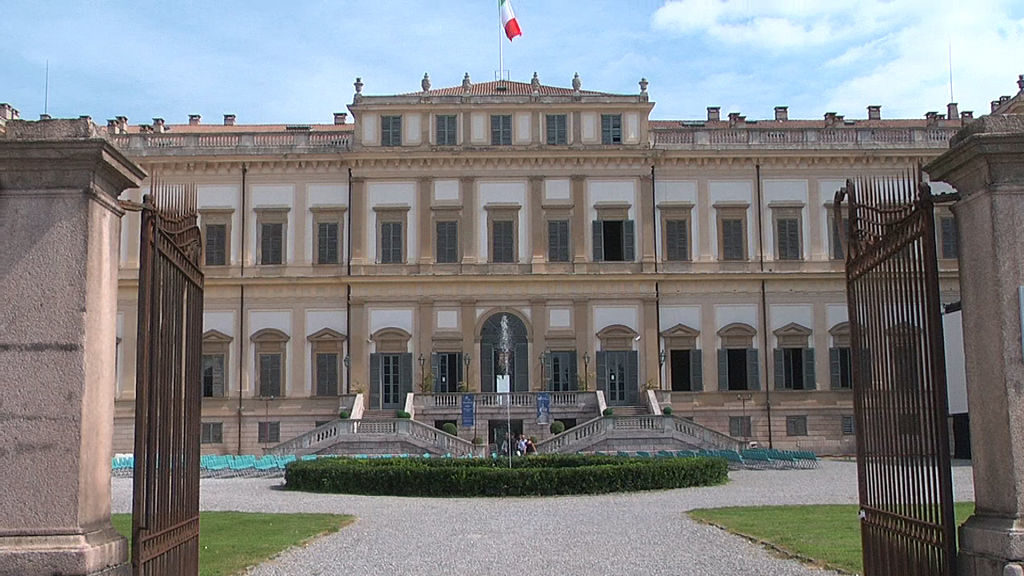
Monza Royal Villa
Monza
Entitled in June 2004 as county seat, Monza, once Roman town, had a thriving moment of artistic and political development in the XVII Century as Lombardic capital town.
After having been a possession of the Holy Roman Empire, in the XIV Century it belonged to the Viscounts of Milan, sharing their fate under the Spanish domination first and then under the Austrian rule. In 1859, it became a belonging of the Sardinian Reign.
In Monza, on the 29th July of 1900, Gaetano Bresci murdered Umberto I, King of Italy. One of its most important monuments is Villa Real. Also a must-see is the Arengario, built during the XIII Century, which had been the ancient Town Hall and the Duomo, which hosts the historic museum.


